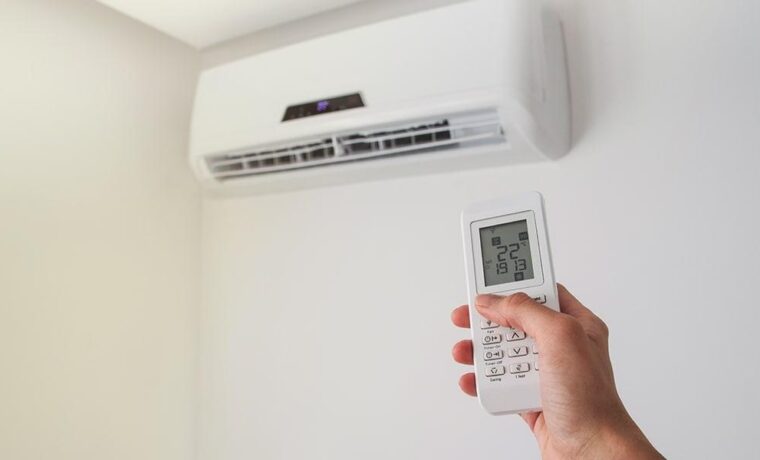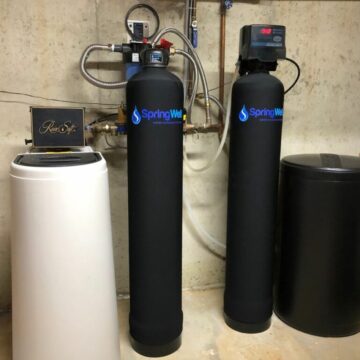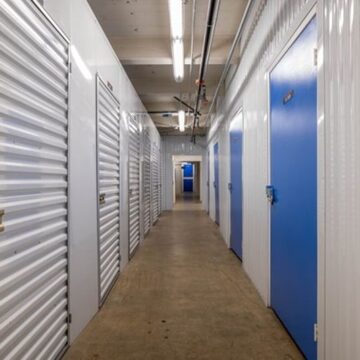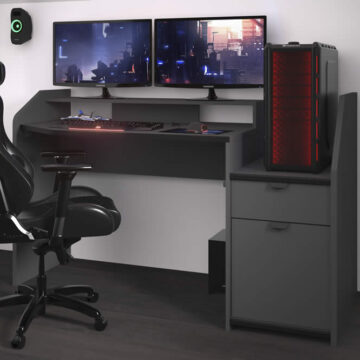When it comes to installing a split system air conditioner, there are many factors that can affect the cost. Understanding these factors can help you budget for your new AC unit and ensure that you get the best value for your money. Here are some of the key factors that can impact the split system air conditioner installation cost:
Size of the unit:
The size of the air conditioning unit is an important factor to consider when installing a split system air conditioner. Choosing the right size unit is essential to ensure that your home stays comfortable while also keeping your energy bills under control.
To determine the right size unit for your home, you’ll need to consider a few different factors. These include the size of your home, the number of windows, the amount of insulation, and the local climate.
Type of unit:
There are several different types of split system air conditioners, including wall-mounted, floor-mounted, and ceiling-mounted units. Each type has its own installation requirements, which can affect the overall cost.
Location of installation:
The location of your AC unit can also impact the cost of installation. For example, if you’re installing a unit in a hard-to-reach area or in a room with limited access, it may take longer to install and require more labor, which can increase the overall cost.
Electrical requirements:
Split system air conditioners require electrical wiring to operate, and the amount of wiring needed can vary depending on the size and type of unit you choose. If your home’s electrical system needs to be updated or modified to accommodate your new AC unit, this can also impact the overall cost.
Ductwork requirements:
If you’re installing a ducted split system air conditioner, you may need to have ductwork installed or modified to accommodate the unit. This can add to the overall cost of installation.
Existing infrastructure:
The condition of your home’s existing infrastructure can also impact the cost of installation. For example, if your home’s electrical system or ductwork is in poor condition, it may need to be repaired or replaced before your new AC unit can be installed.
Brand and model:
The brand and model of the air conditioning unit you choose can also impact the overall cost of installation. Some brands and models may require more labor or specialized installation techniques, which can add to the cost.
Labor costs:
The cost of labor can vary depending on where you live and the complexity of the installation. It’s important to get quotes from several different contractors to ensure that you’re getting a fair price for the work.
Additional features:
Split system air conditioners can come with a variety of additional features, such as smart thermostats, air purifiers, and humidity control. These features can add to the overall cost of installation.
Maintenance and repair costs:
Finally, it’s important to consider the ongoing maintenance and repair costs of your new AC unit. While a more expensive unit may have lower maintenance costs over time, it’s important to factor these costs into your overall budget.
Conclusion
In conclusion, there are many factors that can impact the cost of installing a split system air conditioner. By understanding these factors and working with a qualified contractor, you can ensure that you get the best value for your money and enjoy a comfortable, energy-efficient home for years to come.
















